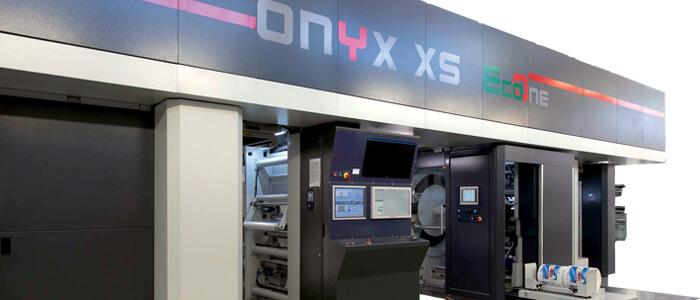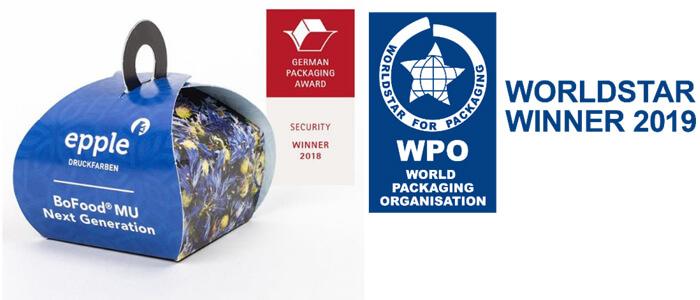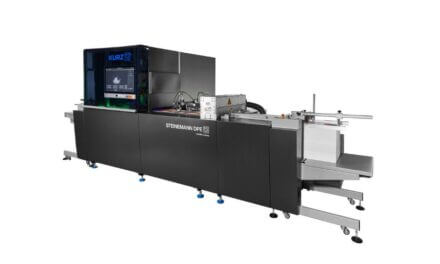Reflections, choices and goals of the great globalized printing and converting machine manufacturer’s “green” philosophy for the various applications of flexible packaging. A contribution from the group’s Marketing section.
When we talk about sustainability we mean the ability to ensure the stability of an ecosystem by protecting its ecological processes. Analysing the concept expressed for the first time back in 1987, it is clear that, in addition to economic and social sustainability, environmental sustainability is becoming increasingly important, especially today.
And it is precisely by choosing sustainability as a key element that Uteco Group is investing to create its own consolidated image, reduce costs, access new markets, have efficient and satisfied employees and contribute to safeguarding our planet.
Green design
The trend in recent years has increasingly turned to green technologies: converters and brand-owners of the largescale retail trade, in food and beyond, are evermore pushing us to search for environmentally friendly printing solutions (compostable materials, water-based inks …).
For years in Uteco not only have we been applying the concept of sustainability in our factories and offices but obviously also in our machinery. Indeed, regarding our machines, we have updated our older designs with the solutions developed through the design of the latest generation systems.
Specifically, many of our systems have exhaust air recirculation solutions that can significantly reduce energy consumption and emissions into the atmosphere. Furthermore, with the use of new software we are developing algorithms that allow us to quantify consumption and timing, facilitating the design and consequent sizing of the various components.
A coherent ecosystem
In 2015, in our Colognola site, we adopted a 100 kW photovoltaic system that produces 288 GJ of renewable energy every year. In addition, new containment tanks have been installed in the ink and solvent storage areas to prevent ground spills.
Inside the work environments, in all our production departments all the machines under testing are connected to an air intake system. As for our office air, it is purified through an innovative system of membranes hidden in the various paintings hanging on the walls, capable of annually absorbing NO2 and VOC equal to the discharges of 500 diesel cars.
Finally, daily staff behavior has also been reviewed. In addition to the normal segregated collection, thanks to new micro-filtered water dispensers and aluminium flacks, we have reduced internal water consumption and the use of plastic cups.



















